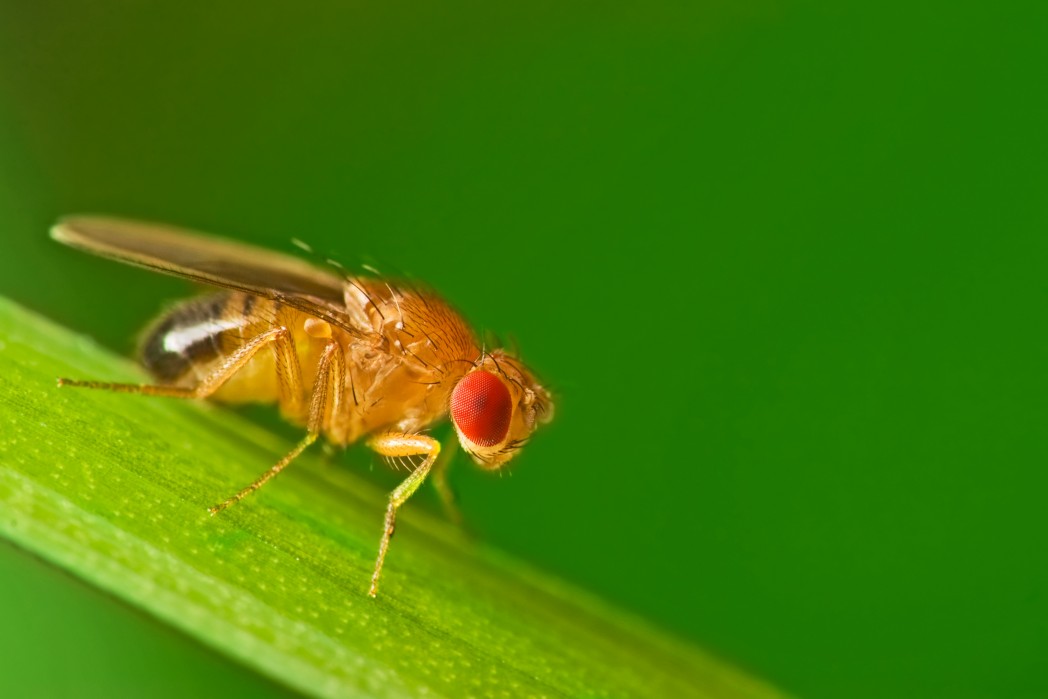New Fly Model To Study Motor Neuron Degeneration, ALS

“We’re extremely excited about our new approach to using the power of Drosophila genetics. Never before has anyone been able to study adult neurodegeneration in an invertebrate system with such ease. By modelling the earliest stages of ALS (synaptic and axon degeneration) we have identified three intriguing genetic suppressors of degeneration in the fly and are now validating these results in mammalian neuronal cultures. We hope that by using the fly we can accelerate progress towards eventually developing therapies for ALS and other neurodegenerative diseases.” said the study’s lead author Dr. Jemeen Sreedharan in a news release.
The research team concluded that their new model using the fly’s leg is a valuable tool in the study of neurodegenerative disorders, including ALS and other motor neuron diseases (MND). Regarding TDP-43, the team reported that mutations in the gene lead to age-dependent neurodegeneration of adult motor neurons, and that the loss of GSK3, hat-trick, or xmas-2 can suppress TDP-43’s negative impact.
“If we can mimic MND in the lab then we can better understand what’s happening to the motor neurones in people living with MND. This is an important foundation for developing treatments for the disease. Having skilled, driven and creative researchers working in the lab is as important as the lab work itself, Jemeen and his peers within the Lady Edith Wolfson Fellowship scheme are really taking MND research from strength to strength.” concluded the Director of Research Development at the Motor Neurone Disease Association Dr. Brian Dickie.






